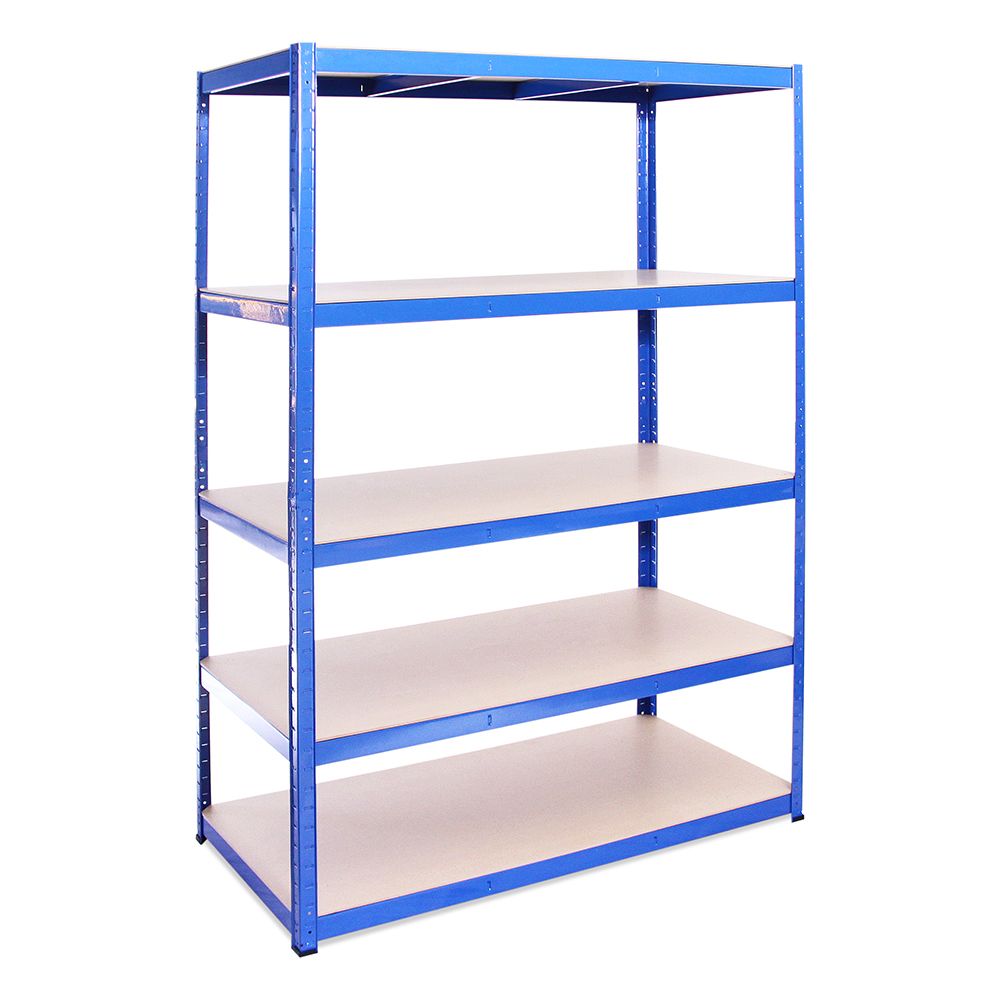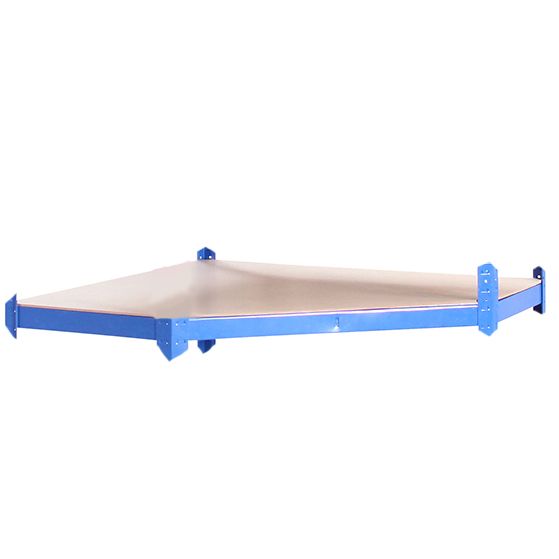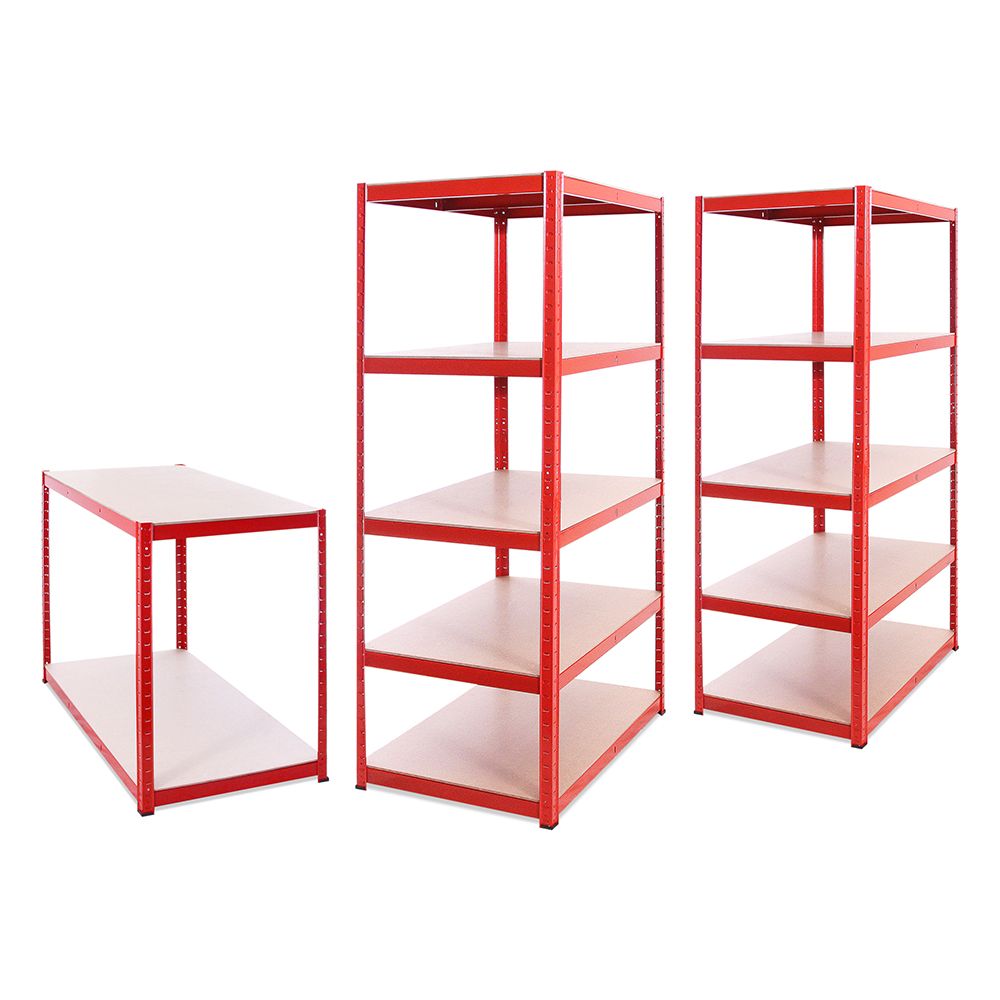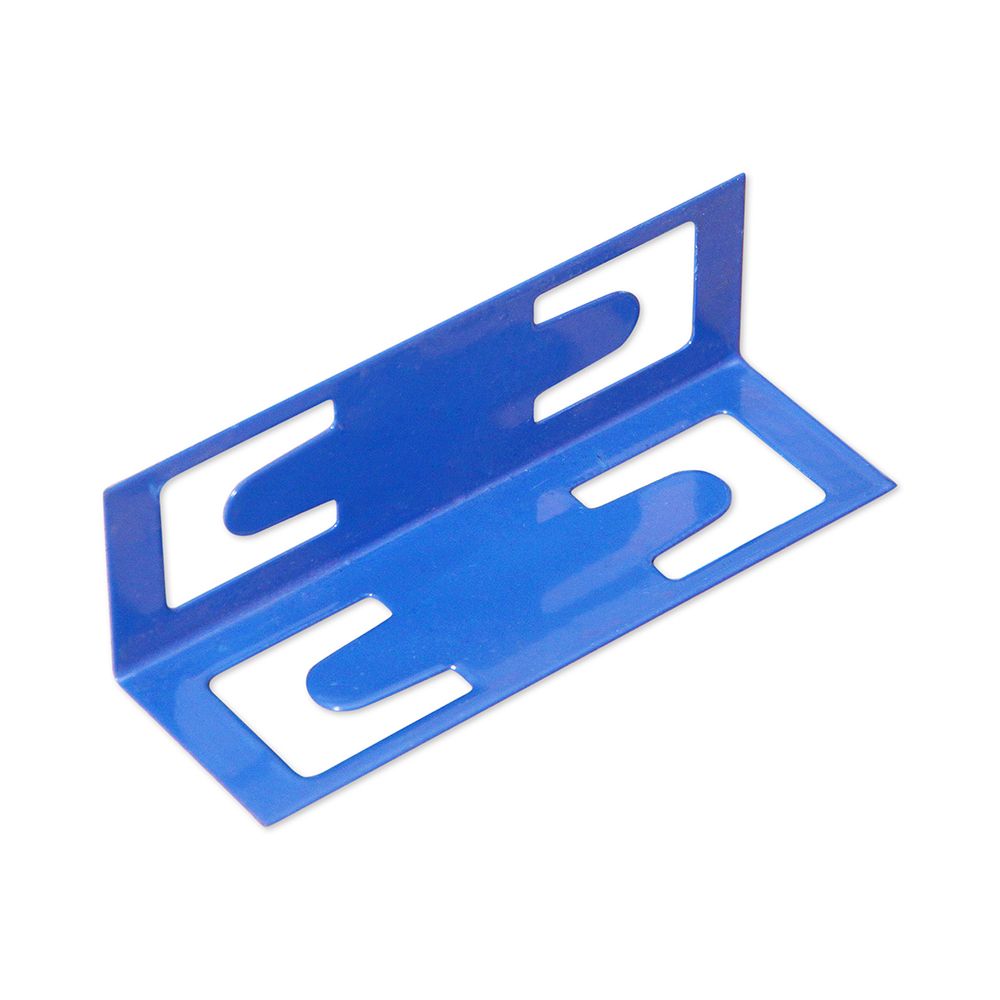Q1. How To Choose The Right Shelving Accessories?
Consider Your Needs: Assess the specific requirements of your shelving unit, such as size, weight capacity, and functionality, to determine the suitable shelving accessories.
Compatibility: Ensure your chosen rack accessories are compatible with your existing shelving unit. Check for standardised sizing and attachment mechanisms.
Customisation Options: Look for shelving units that offer customisation options for accessories. This allows you to tailor the shelving to your specific needs, adding or removing accessories as required.
Durability: Prioritise durable rack accessories that can withstand the intended use. This includes considering the material and construction of shelves, brackets, and other accessories.
Style and Aesthetics: While functionality is crucial, consider the boltless shelving parts’ visual appeal. Choose styles that complement the overall design of your space.
Q1. G-Rack Shelving Accessories For Industries
Warehousing and Distribution: Industries involved in warehousing and distribution, such as logistics and e-commerce, often require warehouse racking accessories to store and manage inventory efficiently.
Manufacturing: Manufacturing industries utilise shelving accessories for organised storage of raw materials, components, and finished products. Industrial racking components play a crucial role in maintaining an orderly production environment.
Retail: Retail businesses use boltless shelving accessories to display products effectively. Customisable retail shelving accessories cater to varying merchandise sizes and shapes, enhancing the visual appeal of retail spaces.
Automotive: Automotive manufacturing and repair industries often require heavy-duty shelving and racking systems for organised accessories storage of parts, tools, and equipment.
Cold Storage and Food Industry: Sectors dealing with cold storage and food products rely on specialised shelves accessories to meet hygiene standards and efficiently organise perishable goods.
Construction: Construction industries benefit from shelving and racking accessories for organising tools, equipment, and materials on job sites, ensuring easy access and minimising downtime.
Automated Storage Solutions: Industries adopting mechanical storage systems, as provided by companies like G-Rack, utilise advanced accessories for shelves for efficient and space-saving storage.
Q3. What maximum weight can twin slot shelves hold, and how can I increase it if needed?
The maximum weight that twin slot shelves can hold is influenced by factors such as the quality of brackets, uprights, and wall fixing. As an example, one upright can support 55 kg every 200 mm vertically when properly assembled with appropriate plugs into a concrete wall.
Q4. How do I properly install wire shelving accessories?
To install wire shelving accessories, assemble all necessary components. Begin by securing the vertical posts to the desired height, ensuring they are level and anchored. Then, attach the horizontal wire shelves to the posts, ensuring proper alignment and spacing. Use any additional accessories, such as brackets or hooks, by connecting them securely to the wire shelves. Double-check that all connections are tight and stable. Proper installation involves:
- Following the provided guidelines closely.
- Utilising the correct hardware.
- Ensuring the shelving is securely anchored to the wall for stability.
Refer to the instructions provided with your wire shelving accessories for the most accurate and safe installation process.
Q5. What are the common types of metal shelving?
Metal shelving accessories enhance the functionality and organization of metal shelving units. Common types include:
- Shelf Dividers: Help separate and organise items on shelves, preventing them from mingling.
- Shelf Ledges: Act as raised edges on shelves to prevent items from falling off.
- Bin Dividers: Create designated spaces for different items, improving inventory management.
- Label Holders: Facilitate easy identification by allowing labels to be attached to shelves.
- Casters: Enable mobility for metal shelving units, making them versatile and adaptable to changing needs.
- Hooks and Hangers: Provide additional space for tools, clothing, or other items.
- Adjustable Shelves: Allow customisation of shelf heights to accommodate items of varying sizes.
- Cabinet Doors: Convert open metal shelving into enclosed storage with the addition of doors.
Q6. Are G-Rack shelving and racking accessories compatible?
G-rack accessories are not universally compatible. Compatibility depends on factors such as the type and model of the rack, as well as the specific design and dimensions of the accessories. To ensure proper fitment, it is recommended to refer to our documentation or contact our support for accurate information on compatibility.
Q7. What spare parts are available for boltless shelving?
Boltless shelving spare parts, including upright connectors and heavy-duty single shelves can be found on the G-Rack website.





